CES 2009
By far the biggest phone news of CES is Palm's new Web OS, and the first device to run it, the "Pre".
With the Web OS and Pre, you'll find plenty of inspiration from devices the iPhone and Android. For example, like the iPhone 3G, the face consists only of a large multi-touch capacitive touch screen and a single button. Like Android, a swipe motion from the bottom of the screen brings up the main launcher menu, and there's an expanding notification area on all screens.
You'll also find features like an accelerometer, proximity sensor for your face, and a light sensor for auto-adjusting screen brightness. Also in the spec department, you'll find a 3-megapixel camera, GPS, WiFi, stereo Bluetooth, and 8 GB of internal storage memory.
What really sets it apart from the iPhone, though, is the slide-out QWERTY keyboard and removable battery. (The keyboard is small but decent; it's based on the Centro's.) Some other competing phones have these features, but not in a body as small as the Pre. It's impressively small and light. Standard microUSB (with mass storage mode) and 3.5mm audio jacks further separate it from certain competitors. Palm really went down the checklist of competitors' weaknesses and made sure the Pre delivered what the competition missed.
There's also a decent amount of innovation that's truly new and unique. For example, the capacitive touch area extends below the display, enabling certain universal swipe gestures that you can activate quickly and reliably without worrying you'll press the wrong thing on the display instead. For example, instead of a "back" button, just swipe your finger right to left across the bottom of the phone.
The OS is called "Web OS" for a reason. The OS itself is based on Linux, but native applications running on Web OS are simply web pages written in HTML, CSS, and JavaScript. The WebKit browser rendering engine powers this.
Palm says they have added extensive APIs to the JavaScript engine to allow Web OS applications to do everything native apps can do on other smartphone platforms. We're skeptical of that. It's hard to imagine how Web OS games, in particular, could possibly rival games on other platforms, especially since there is no support for Adobe Flash, nor any support for 3D graphics.
Ultimately, we're anxious to hear what professional developers have to say after they've had some time to tinker with it. There's a lot of potential for Web OS to lower barriers and enable scores of new developers to create nifty apps. However there's just as much potential for the platform to prove too limited for developers to create truly robust, powerful apps and games.
Old Palm OS applications won't work on Web OS directly, but Palm did say that a third party developer is working on an emulator to enable such compatibility.
With Web OS, Palm has tried to create a new metaphor for managing applications and multi-tasking. The concept revolves around "cards". Each "card" is a running application. Some applications - such as mail and the browser - can have multiple cards open at once. To manage cards, simply press the single button on the front. The current card shrinks to the center, and edges of other cards appear on the left and right. Swipe left or right to switch cards, then tap the one you want to switch to. It's exactly like multiple tabs/windows in Safari on the iPhone, but for the whole OS.
The OS does multi-tasking, so all open cards are applications running simultaneously. Swipe a card up off the top of the screen to quit that app.
Apps can pop up notifications at the bottom of the screen, which pop up just large enough to show you what you need to know, but don't interrupt what you're doing. The current app/card shrinks to make room, so notifications never cover something important. After a few seconds, the notification shrinks to a small icon bar, which you can tap to recall notifications.
Curiously, the notification bar is also used for certain non-notification things running in the background, such as the music player.
The home screen has a row of five icons across the bottom, for your four favorite apps, plus an icon for the Launcher, which contains the rest of your apps. If you're not on the home screen, you can bring up this quick-launch bar at any time by dragging your finger up from below the screen and holding. This displays a ridiculously slick "flowing" shortcut bar that follows your finger.
The full Launcher can be accessed at any time with a quick swipe up from below the screen (without holding). Like the iPhone, you can have multiple "pages" of apps. Unlike the iPhone, there is no limit; you can also scroll down if all of the apps on that page don't fit on the screen.
The touch and multi-touch aspects of Web OS mimic the iPhone to a tee. It's rather blatant, but to be honest, it's one thing Apple nailed, so in this case I'm grateful for the shameless copying. Any scrolling can be done with simple swipe/flick motions, and the motion is smooth and intuitive. The famous two-finger pinch zoom works in the browser and photos. You can also double-tap to zoom in, and double-tap with two fingers to zoom out, just like on the iPhone. One curious twist is that a white circle appears below your finger any time you touch the screen, as visual feedback.
One of Palm's strengths has always been the PDA basics: contacts, calendar, and sync. With Web OS, Palm appears to be on track to continue that leadership, while adding integration with Web 2.0 services such as GMail and Facebook. A Pre will still do Microsoft Exchange, of course, but now you can integrate with the these other services as well.
All of your data from the various services is presented in one unified interface on the Pre, and syncs over the air, yet it won't cause your Facebook account to fill up with Exchange data, for example. There are also tools to filter, so you can just view your work calendar, for example, yet it will still show you times when you are busy or free based on all calendars. Based on the demos we saw, there are a lot of thoughtful touches like this in contacts, calendar, and mail.
There is a unified messaging app that combines SMS with IM - all threaded, of course - yet is curiously separate from email.
The unified search feature is quite well done. If you simply slide open the keyboard and start typing, it will search everything on your phone and display results as you type. You can also turn it into a web search with one tap. It's quite slick.
There is a document viewer for MS Office and PDF documents, and of course photo and video viewer apps. There is not, however, a file manager included. Since it support mass storage mode, though, you can connect it to you PC to manage files any way you want.
One last innovation is the wireless charging. You can simply place the Pre on a special puck, and it starts charging with no wires or connections of any kind. If the phone rings, simply pick it up to answer, or leave it on your desk and tap "answer", and will automatically use speakerphone mode.
There are some key omissions in the Pre. Although you get 8 GB of memory to play with, there is no memory card slot to add more. There's also no video capture, and, as we mentioned, no Flash or 3D support. The Bluetooth profiles are also limited to audio - there's no OBEX, for example.
However, the Pre does support firmware updates over the air, and Palm indicated to us that things like video capture and additional Bluetooth profiles might be added after launch. The same thing is happening with the G1 and Android, so this "we'll-add-it-later" approach isn't unique among all-new OSes.
The first Pre will come out by June for Sprint. It sports EVDO Rev A, naturally. A version for GSM/WCDMA will follow soon after, or as soon as Sprint's exclusivity expires.
In general, both the hardware and software of the Pre are impressive. Neither is perfect, but I didn't see any deal-breakers, either. There are some really great ideas here, and it's definitely put Palm back into the game.
Here is a video tour of the Palm Pre:


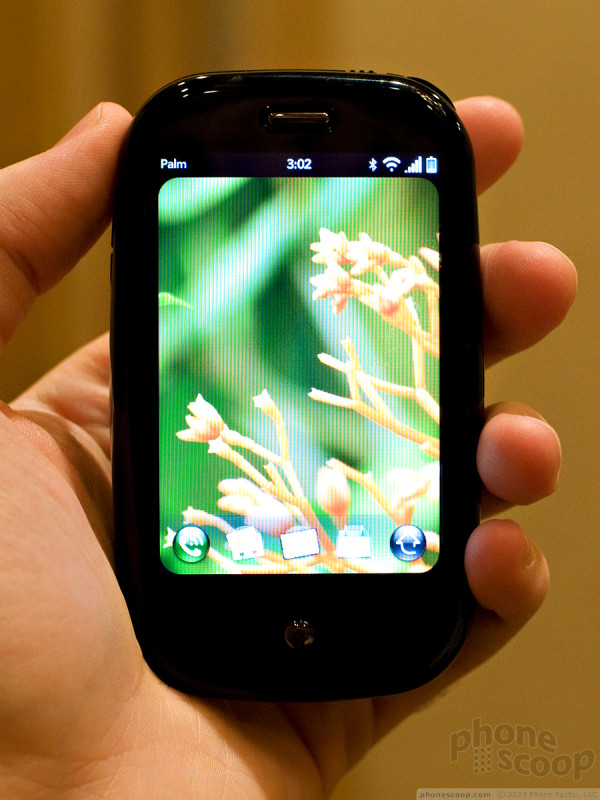












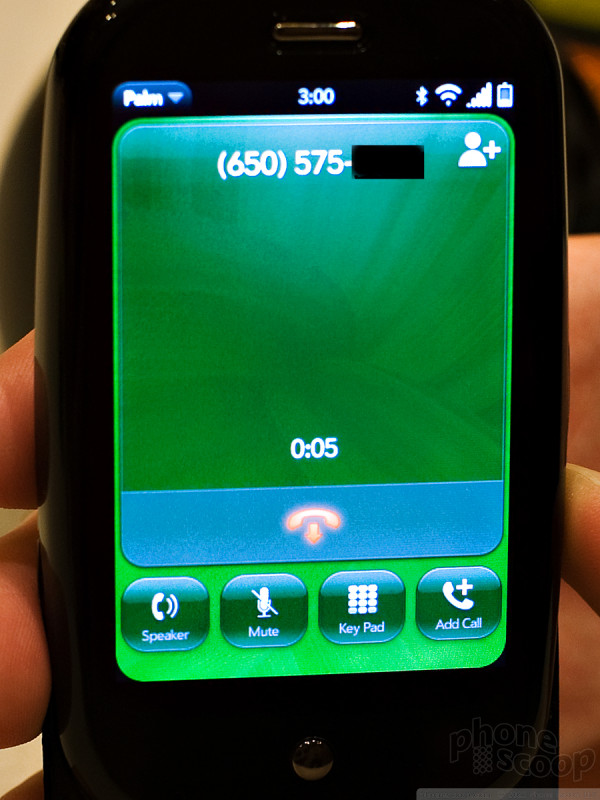

































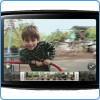 Video Tour: WebOS 1.4
Video Tour: WebOS 1.4
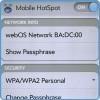 Video Demo: Palm Pre Plus Mobile Hotspot
Video Demo: Palm Pre Plus Mobile Hotspot
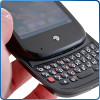 Review: Palm Pre
Review: Palm Pre
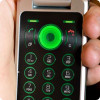 CTIA 2009
CTIA 2009
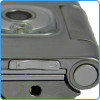 Review: Nokia 7510
Review: Nokia 7510
 Motorola VA76r Tundra
Motorola VA76r Tundra
 HTC Shadow (2009)
HTC Shadow (2009)
 Nokia 7510
Nokia 7510

